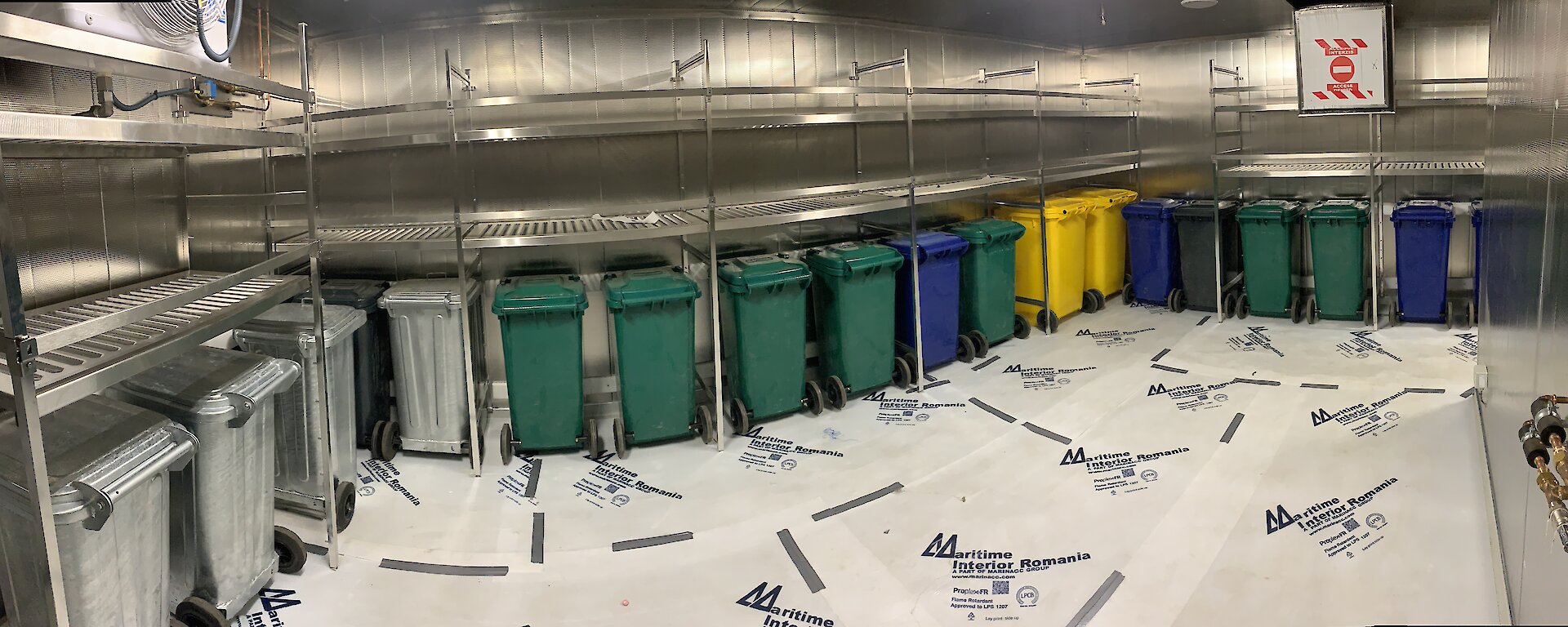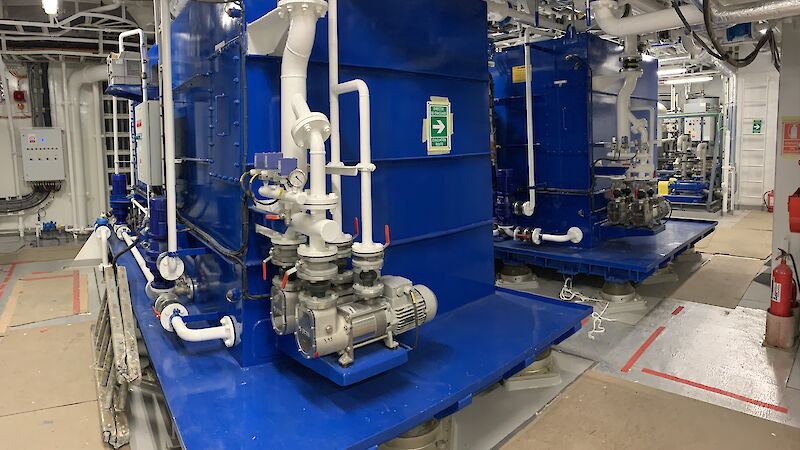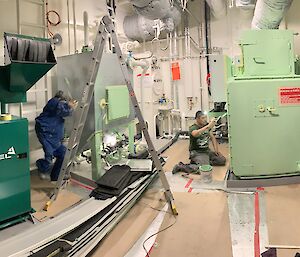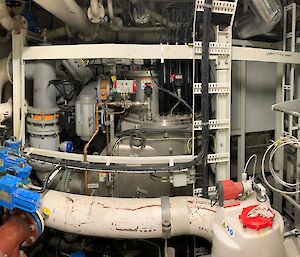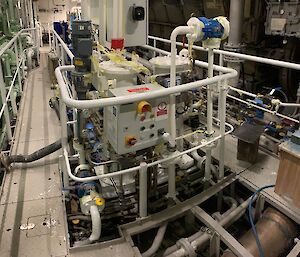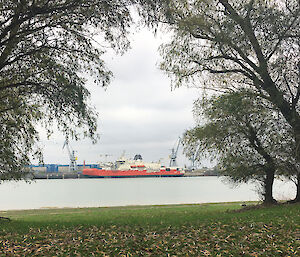Australia’s new Antarctic icebreaker, RSV Nuyina, is a big ship, but that doesn’t mean its environmental footprint has to be big too.
The RSV Nuyina Project team has worked hard to ensure the ship complies with mandatory strict Antarctic environmental regulations, as well as at least 12 voluntary ones.
These optional Lloyds Register ‘ECO notation’ pollution controls include additional requirements for dealing with such things as ballast water, grey water, refrigeration systems, exhaust emissions, and the ship’s energy efficiency management.
For example, the ship has two sewage treatment plants for grey and black water from the ship’s showers, toilets and kitchen. For biosecurity, ballast water is treated in its own plant, before it’s used in the ship, and again before disposal. The ship also has an oily water separator that removes three times as much oil as a standard ship’s plant.
Garbage management on a ship designed for 90 day voyages and up to 150 people is also a complex issue that has kept the team busy. The draft Garbage Management Plan is already 80 pages long, and growing.
Wheelie bins from the kitchen and around the vessel will be managed in a waste handling area on deck 3. Here, waste will be sorted and directed to an incinerator, a glass shredder, or a cardboard compactor.
The incinerator can burn oil coming from waste oil and the oily water separator, and generates the high temperatures required to cleanly dispose of combustible waste.
While the Nuyina is bigger than the Aurora Australis it will have greater fuel efficiency overall, through its ability to resupply two stations in a single voyage. The hull of the vessel is also longer and thinner than the average icebreaker, to improve fuel efficiency during the Southern Ocean transit.
The Nuyina will use less fuel per cargo container than the Aurora Australis as it can carry three times more cargo inside its holds, and it will provide more bang for the science buck, with its ability to collect and analyse more underway data and samples.
Other environment-related measures on the ship include:
- A fuel spill recovery capability, with booms that can encircle the ship or protect high environmental value areas if there is a fuel spill.
- Special heli-deck drains that can capture fuel that may be spilt.
- Laboratory sinks and aquaria waste outlets that can be directed to holding tanks for quarantine purposes.
- Two boilers for waste heat energy recovery from the exhaust gas lines.
- Low level external lighting to minimise bird strike.
- Complying with Hong Kong International Convention for the Safe and Environmentally Sound Recycling of Ships, 2009

